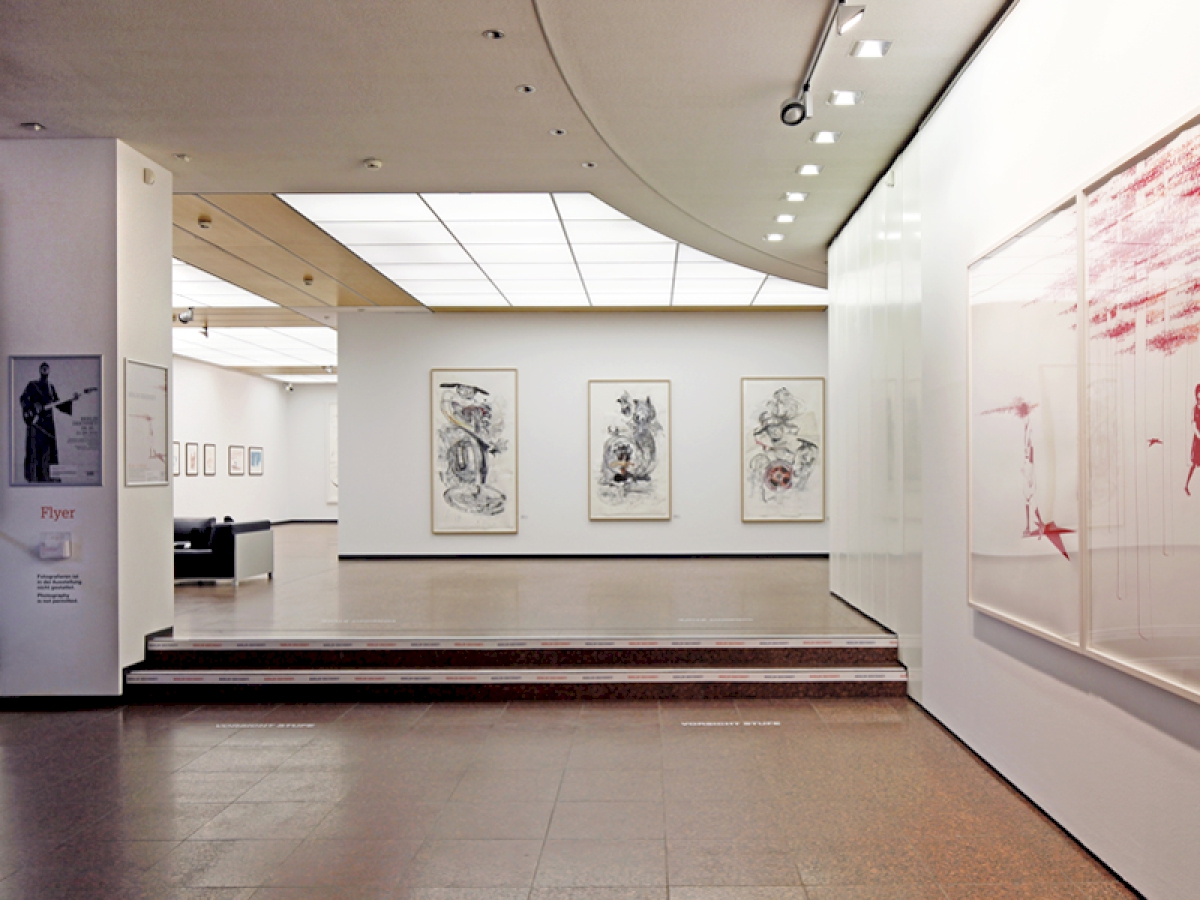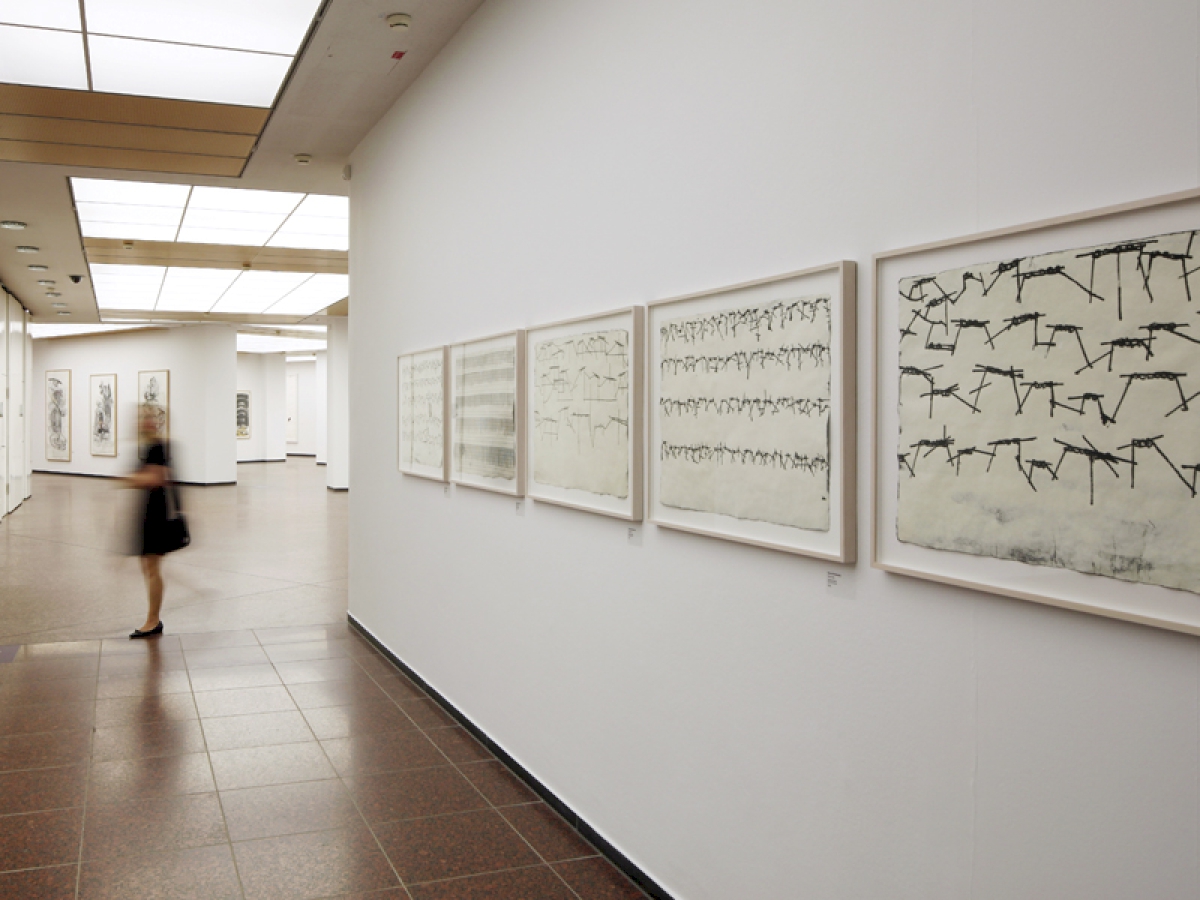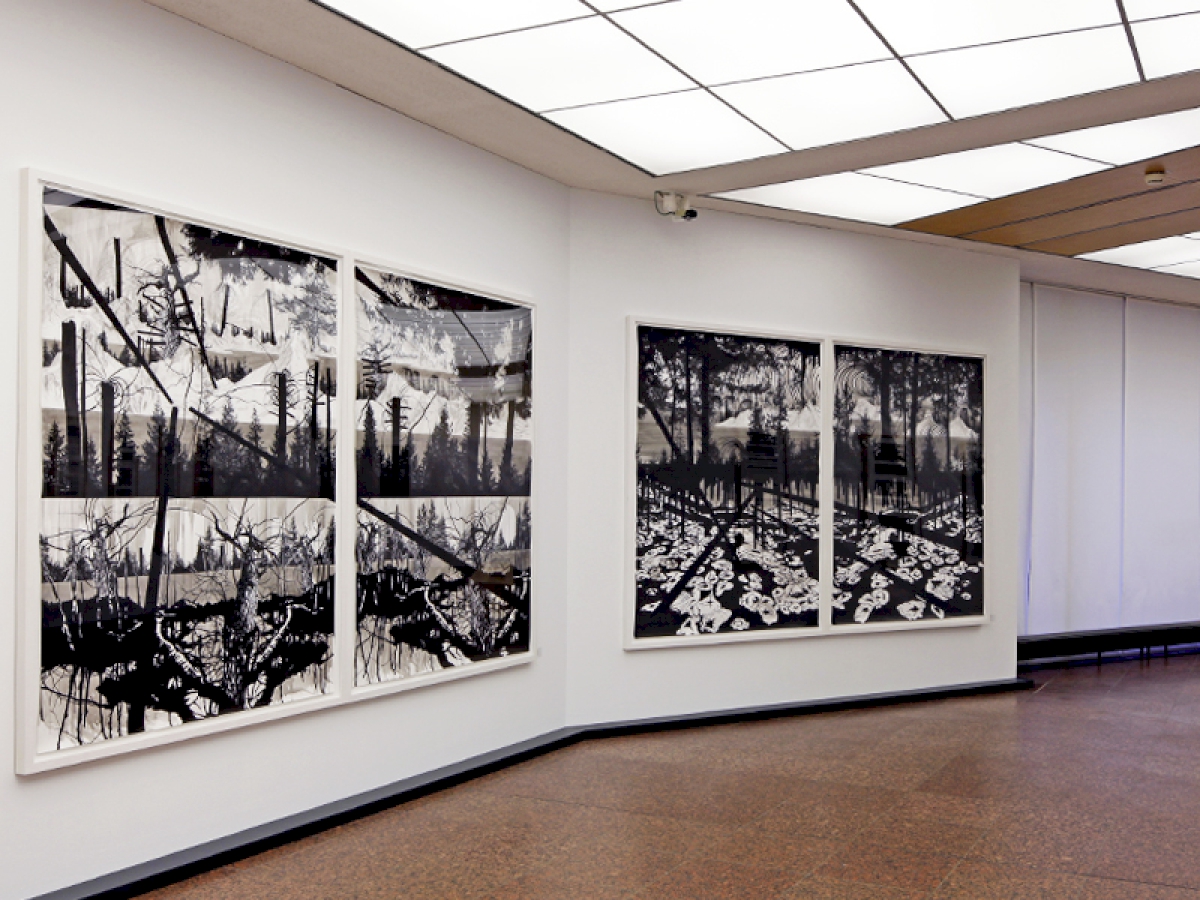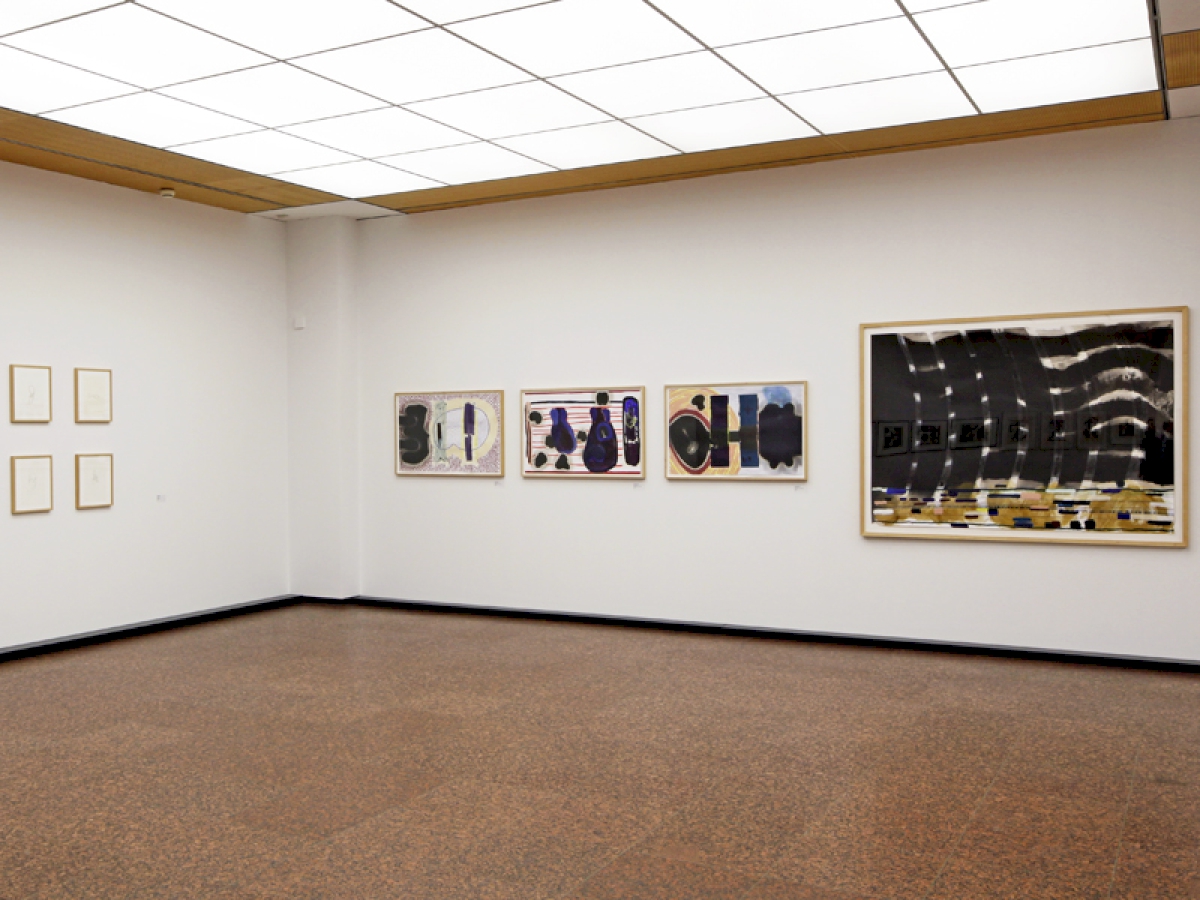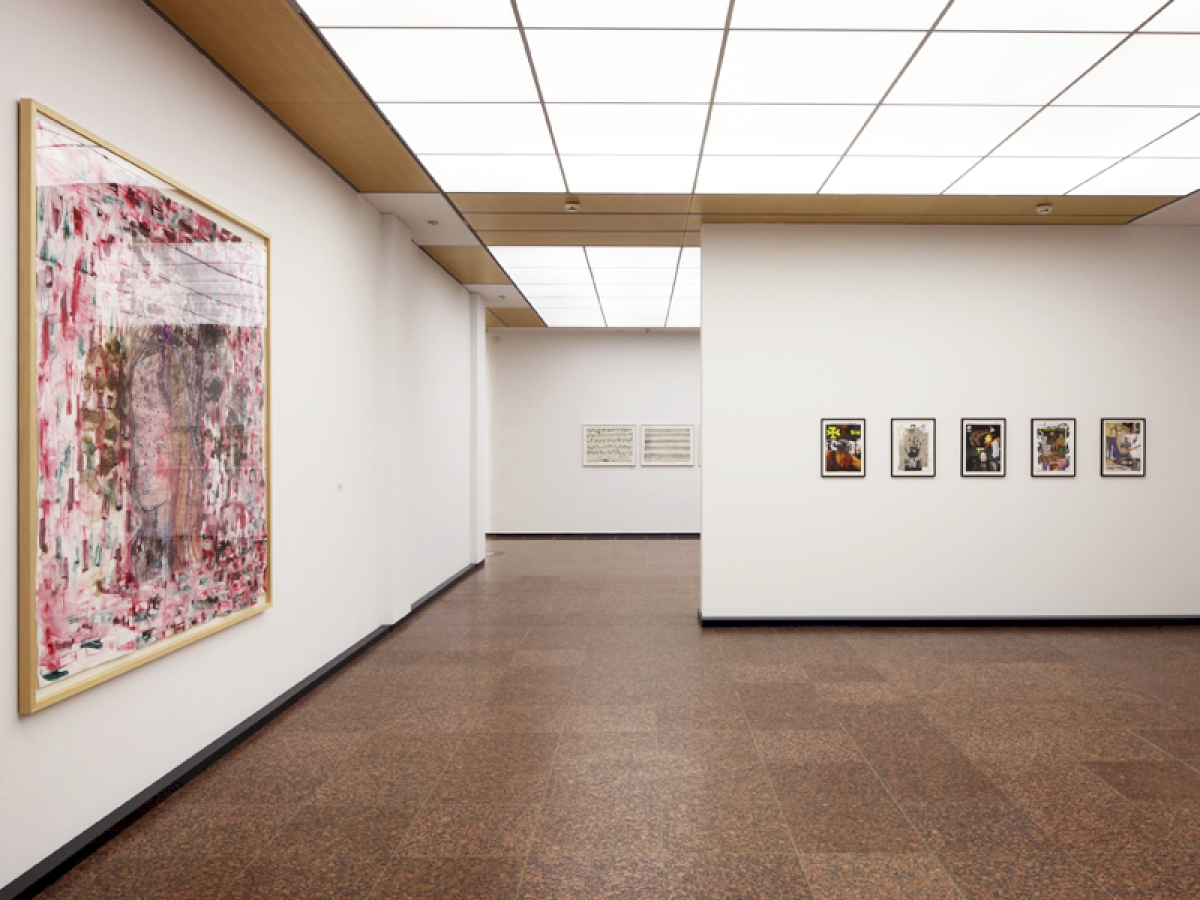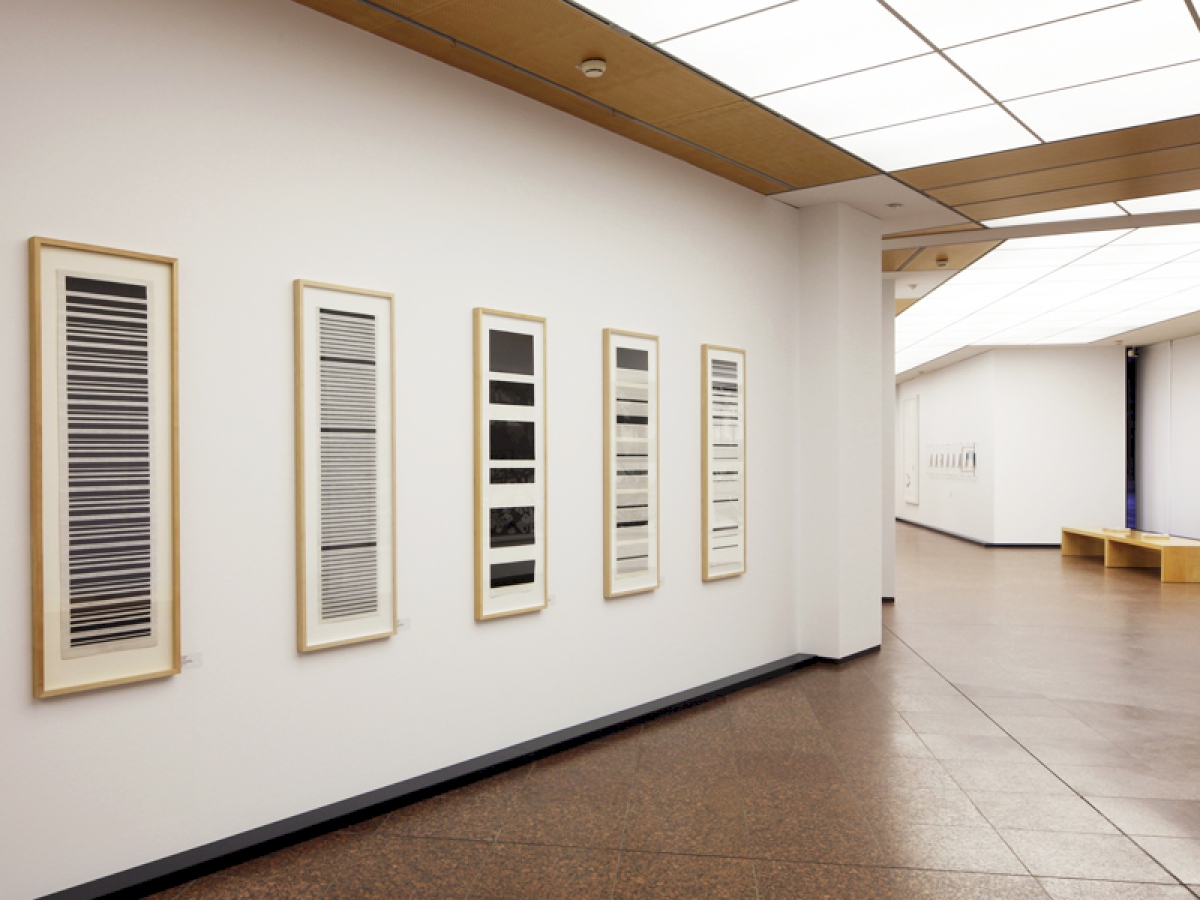Berlin zeichnet! Richter, Schleime, Sasportas, Meese...
Berlin is booming. Ever since the wall came down, the metropolis has attracted many artistic talents. A large number of artists, as well as galleries, have concentrated in Berlin over the last years, and the museum scene has also profited enormously from the upswing the city is enjoying. Berlin has always been ennobled by big names, but it is, above all, the young scene that contributes to the city’s new exuberance and thereby helps overcome the still much-bemoaned lack of big collectors and patrons of the arts.
The exhibition takes advantage of this artistic dynamism in order to examine and introduce the most varied modes of expression, whereby the following criteria were decisive in making a selection: firstly, the exhibition should cover a broad spectrum of artists as well as artistic styles. This also entails taking into account a period spanning nearly 50 years, thereby encompassing works from the sixties (including revised versions) as well as works fresh from the studio by authors who were born in the seventies. The primary factor was the relevance that the artist had achieved in Berlin’s art scene, and thus there is a certain consensus among the selected artists, collectors, and gallery owners pertaining to the significance of the oeuvre. The term “drawing” is used here to distinguish it from the medium of painting. It shifts the focus to works on paper as the most intrinsic medium in which artists can spontaneously express themselves. The meaning of “drawing” is not limited to graphite pencils, charcoal, or red chalk, but instead refers to works on paper in the broadest sense.
Berlin has always enjoyed a unique artistic tradition. During the seventies, “critical realism” characterized Berlin’s artistic landscape like no other art movement. Much like the great paragon George Grosz, Wolfgang Petrick portrayed the unadorned reality of the metropolis as a focal point of social conflict with veristic precision. During the early eighties, the “Jungen Wilden” were the first to use their expressive verve to address the new mood that existed during the period between the building of the wall and reunification. Like young revolutionaries, they sought freedom much as the “Brücke” artists had done before them. Artists like Rainer Fetting counted among the founders of this so-called “Heftige Malerei,” which also found adherents in Munich. Classic motifs of figurative art, which show the human body in all its diversity, are first found in the works of Daniel Richter and Marc Brandenburg as well as in Cornelia Schleime’s series on Pope John Paul II, which evolved into a kind of seismographic weather gauge. Alongside the figurative modes of expression, several abstract perspectives are also represented that focus on space, color, light, and structure. The bandwidth is accentuated by the suggestive chromatic works of Bernd Koberling, the probing investigations of space and time of Beate Terfloth and Jorinde Voigt, the linear virtuosity of Hanns Schimansky, or the austere architectonic, rhythmized works of von Frank Badur. Since the wall came down, the number of new artistic talents has increased steadily, and this manifests itself in a pluralistic variety of styles. Berlin’s newfound international character is exemplified by names such as Israeli artist Yehudit Sasportas, Korean artist SEO, and Japanese artist Takehito Koganezawa. The exhibition’s concept is to examine these diverse modes of expression without being discrepant. Featuring 22 artists, it provides insight into the exciting art scene of Germany’s new capital of the arts.
The Artists
Dieter Goltzsche / Bernd Koberling / Wolfgang Petrick / Frank Badur / Rainer Fetting / Hanns Schimansky / Cornelia Schleime / Malte Spohr / Beate Terfloth / Jochen Stenschke / Daniel Richter / Frank Nitsche / Jörg Herold / Brigitte Waldach / Amelie von Wulffen / Marc Brandenburg / Yehudit Sasportas / Jonathan Meese / Takehito Koganezawa / Ralf Ziervogel / SEO / Jorinde Voigt
Exhibition Catalog
An accompanying catalog (128 pages) published by Verlag Geuer & Breckner is available, featuring contributions by Dr. Alexander Tolnay, former director of the Neuer Berliner Kunstverein and Dr. Eugen Blume, director at the Nationalgalerie im Hamburger Bahnhof – Berlin.
ISBN 978-3-939452-04-1
Curators
Dr. Alexander Tolnay and Dr. Beate Reifenscheid

